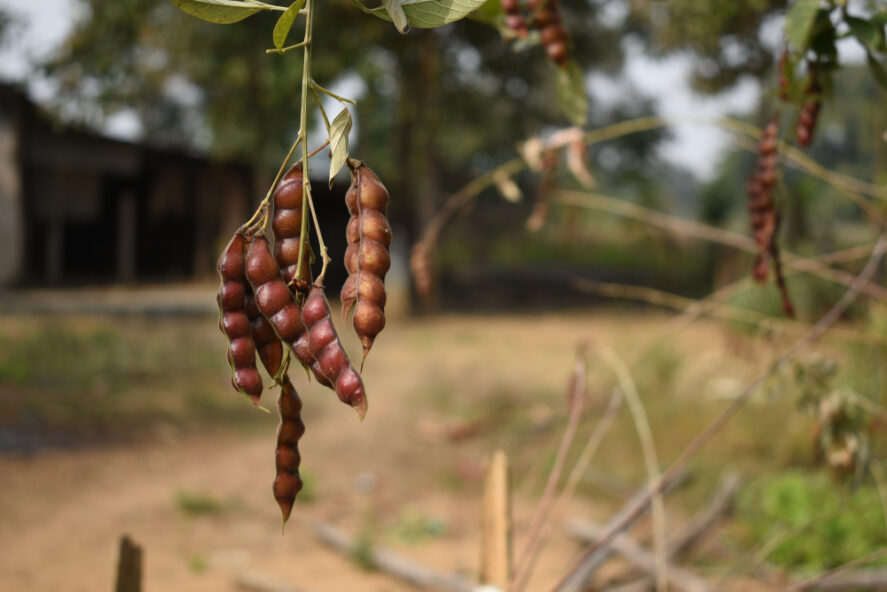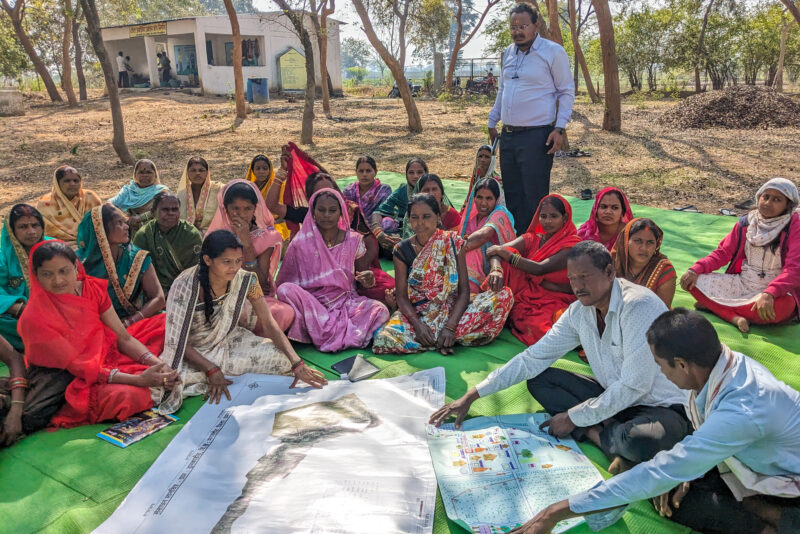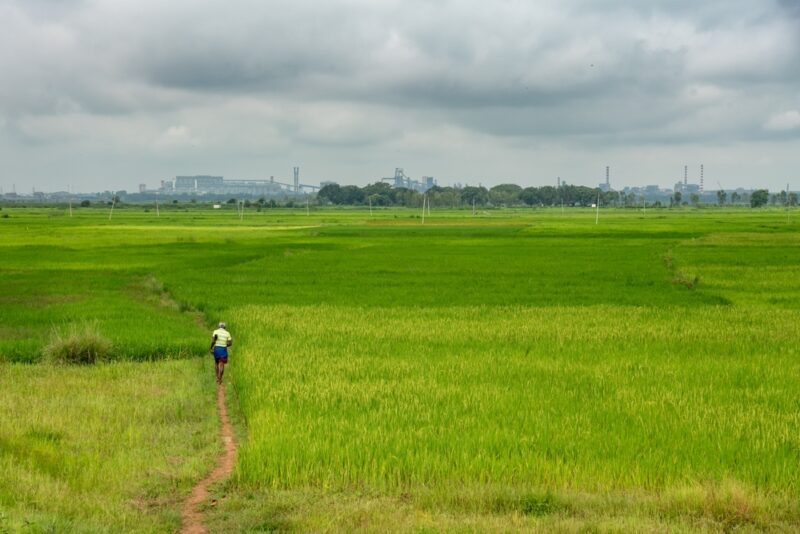Transformation of Agricultural Systems for Climate Resilience

Rice is one of India’s most important crops, but its production is a significant contributor of the greenhouse gases fueling climate change. The Transformation of Agricultural Systems for Climate Resilience project, administered through a partnership between TCI and the development organization PRADAN, aims to illuminate pathways to diversify agriculture in the state of Chhattisgarh in order to improve climate resiliency, increase farm income, and encourage healthy dietary practices.
Rice repercussions
Climate change poses a serious challenge for the agricultural sector, as temperature changes and more frequent extreme weather events can adversely impact yields. At the same time, agriculture, forestry, and land use are themselves the second-largest global contributors of greenhouse gas emissions. Rice production, with its intensive use of fossil fuels, is a particularly substantial emissions source. In India, it accounts for roughly one-fifth of all agricultural emissions. As demand for food grows along with India’s expanding population, the environmental footprint of rice will increase as well.
Rice’s large place in the Indian diet also poses nutritional issues for the country. Cereal-centric consumption patterns have compromised dietary diversity, resulting in significant micronutrient deficiencies in populations across India. For example, more than 50% of Indian women are anemic. High consumption of starchy rice also contributes to increasing rates of obesity and non-communicable diseases.
Diversification enhances resilience
The TCI-PRADAN project will explore pathways to promote the diversification of Chhattisgarh’s agricultural system away from rice and towards pulses, oilseeds, and millets, which are better agro-climatically suited to the state. In addition to their smaller environmental footprints, these crops are also good sources of protein and micronutrients.
Chhattisgarh was chosen as the project site because of its status as the “rice bowl” of India. Rice occupies more than 50% of the state’s gross cropped area. Rice production has significantly increased in the past decade, while the production of pulses and oilseeds has slowed.
While the systemic barriers to diversification are generally understood, the triggers and policies that could catalyze large-scale adoption are not as well known. The evidence created by this project can be used to create tools and policies supporting a shift to a more diversified, climate-resilient agricultural system.





